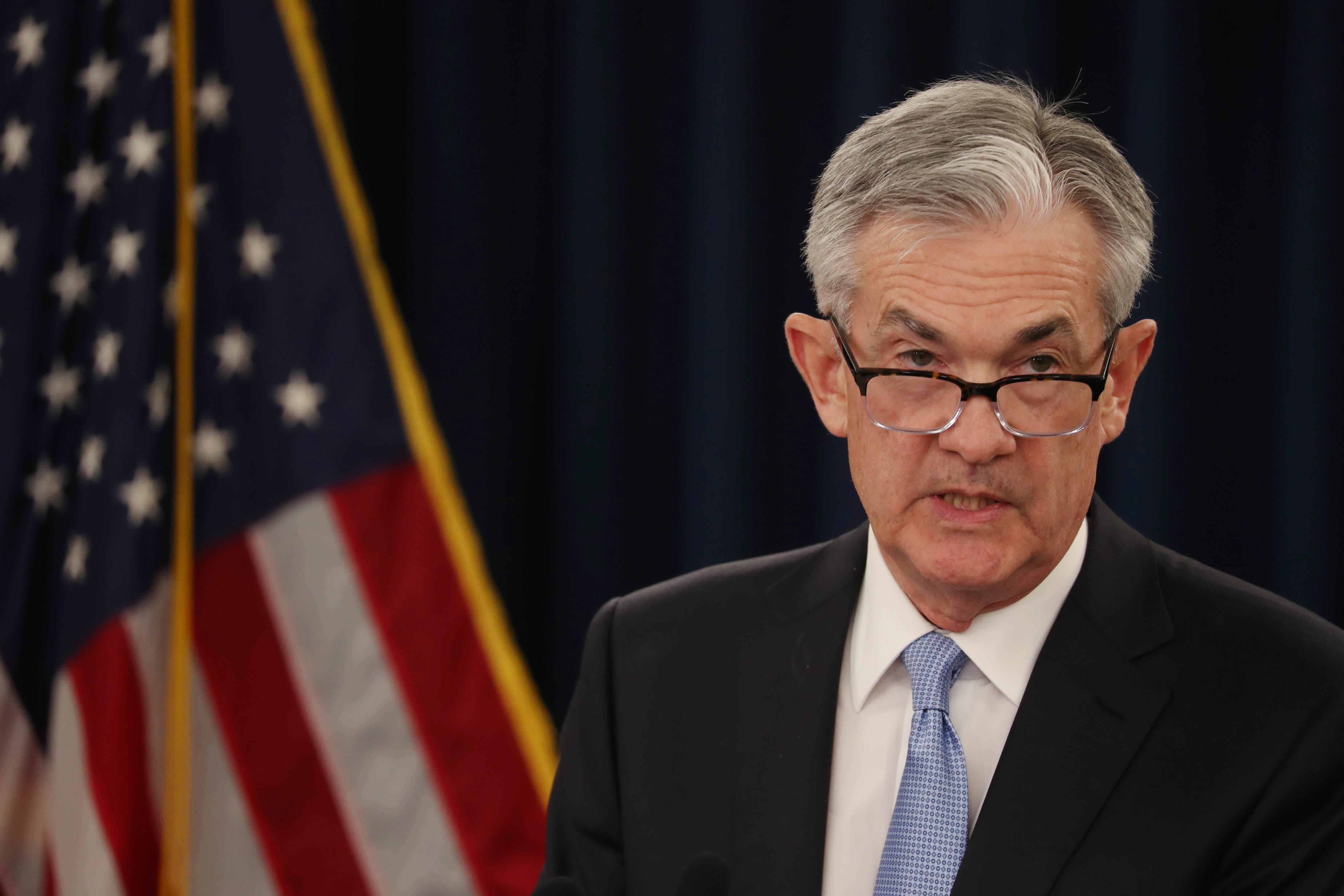It's no longer a question of if the Fed will cut interest rates, but when - 5 minutes read

Now that the long resilient job market is showing signs of strain, economists and investors now firmly believe the Federal Reserve will move to cut rates this year, as early as next month.
The economy added only 75,000 jobs in May, about 100,000 fewer than expected, a sign that the slowing that is showing up in other parts of the economy is now affecting the job market.
"I think that this is a true slowdown in hiring right now. Sometimes you can be a little bit dismissive of monthly volatility, but I think we have enough indication," said Luke Tilley, chief economist at Wilmington Trust. He said the slowing in hiring fits with the slowdown in ISM manufacturing and other data, and appears to be a result of tariffs and uncertainty about the trade war.
Stocks initially sold off on the report but then moved higher as the market took the news as a sign the Fed would cut interest rates. In the Treasury market, yields, already in steep decline this week, fell further. The 2-year yield closely reflects expectations for Fed policy, and it fell to 1.77% from an intraday high of 1.89%. The 10-year yield, which influences mortgages and other loans, fell to a low of 2.059%. Yields move opposite price.
"I think the Fed has been signaling that they're ready to step in and lower rates, if the economy continues to be sluggish, if the trade wars continue to have no outcome," said Michael Arone, chief investment strategist at State Street Global Advisors. "I think today's report is going to support the idea the Fed will be cutting rates. I'm not sure if it will be June, but I don't think we're too far away from a Fed rate cut."
After the employment report, fed funds futures moved higher, signaling market expectations for a full quarter-point Fed rate cut by July, a half percentage point by September and a third cut by December, according to BMO.
"You would think the market is gravitating toward one cut in July, one cut in September and another in December. We have 2.9, 25 basis-point rate cuts priced in for 2019," said BMO rate strategist Jon Hill. That would be 0.75 percentage point reduction in the fed funds target rate range, which is now between 2.25 and 2.50%.
The market is now pricing in a 95 percent chance of a quarter-point cut in July, Hill said. The Fed next meets June 18-19 and July 30-31.
"The market signals are obviously screaming for the Fed to reduce rates. … We don't think the Fed is going to cut at this [June] meeting," said Tilley. "I don't think the Fed has done enough to message that. On the margin, today's report, especially with the weaker average hourly earnings would push them in the direction of cuts later this year. We think they'll take this June meeting and press conference as an opportunity to message that."
Beside May's weak hiring, the government report Friday revised job growth lower in March and April by 75,000 total, bringing the three-month average to 151,000. Average hourly earnings were up 3.1%, a tenth of a percent less than expected.
"What you have is the slowest growth we've had since two years ago. A lot of that is coming, we believe, form the impact of tariffs on the manufacturing sector," said Tilley, referring to the three-month average. Manufacturing added just 3,000 jobs.
"The tariff situation has really changed our view of what could happen going forward," he said. "Our investment committee removed our overweight to US large cap and emerging markets when the trade talks broke down. When you add in the possibility of tariffs on imports from Mexico, with those going through, that makes us much more pessimistic, and we would expect even weaker growth and hiring. "
Tilley said this week's weak ADP payrolls report, showing just 27,000 jobs in May and a big slowdown in small business hiring, was very telling in terms of how uncertainty impacts the economy. Hiring slowdowns typically begin at small companies.
"If companies are nervous about tariffs, and they're nervous about any kind of a slow down, you would see actions taken by that quicker by smaller employers than you would by 500 plus employers, who have longer term hiring plans," said Tilley.
Arone said the market will have a hard time moving ahead, even if the initial reaction for stocks is that bad news is good, because it brings on Fed easing.
"There's a dilemma right now. Economic data continues to signal a slowdown. ... Investors are concerned the tariffs will exaggerate that slowdown, yet central bankers are pledging their support. The market continues to struggle with what's going to be the most important thing going forward," said Arone. "Is it accommodative monetary policy that's going to save the day or are we going to get a trade agreement? I would say monetary policy isn't enough on its own. We need better economic data. We need the trade issues to be resolved in order for the market to move higher."
Correction: This story was revised to correct that the 95 percent chance of a Fed move in July was for a rate cut.